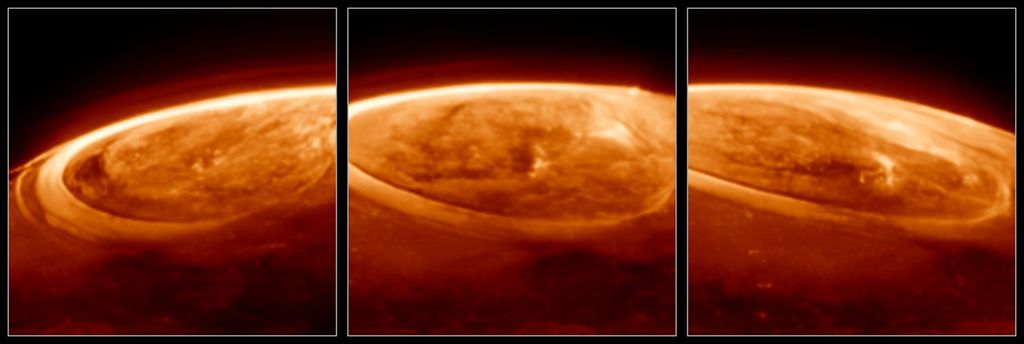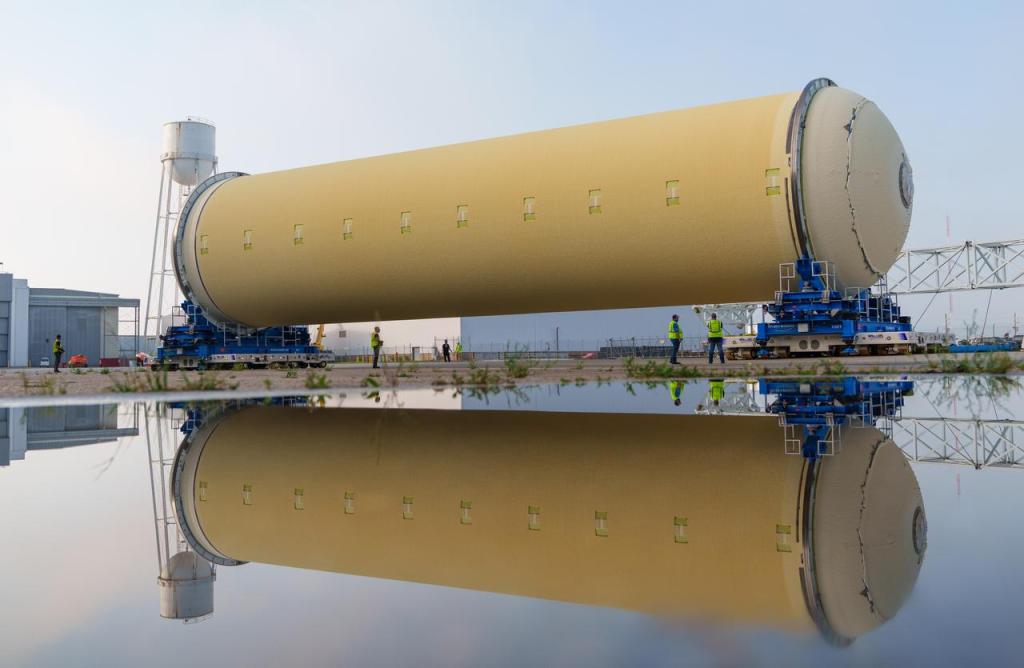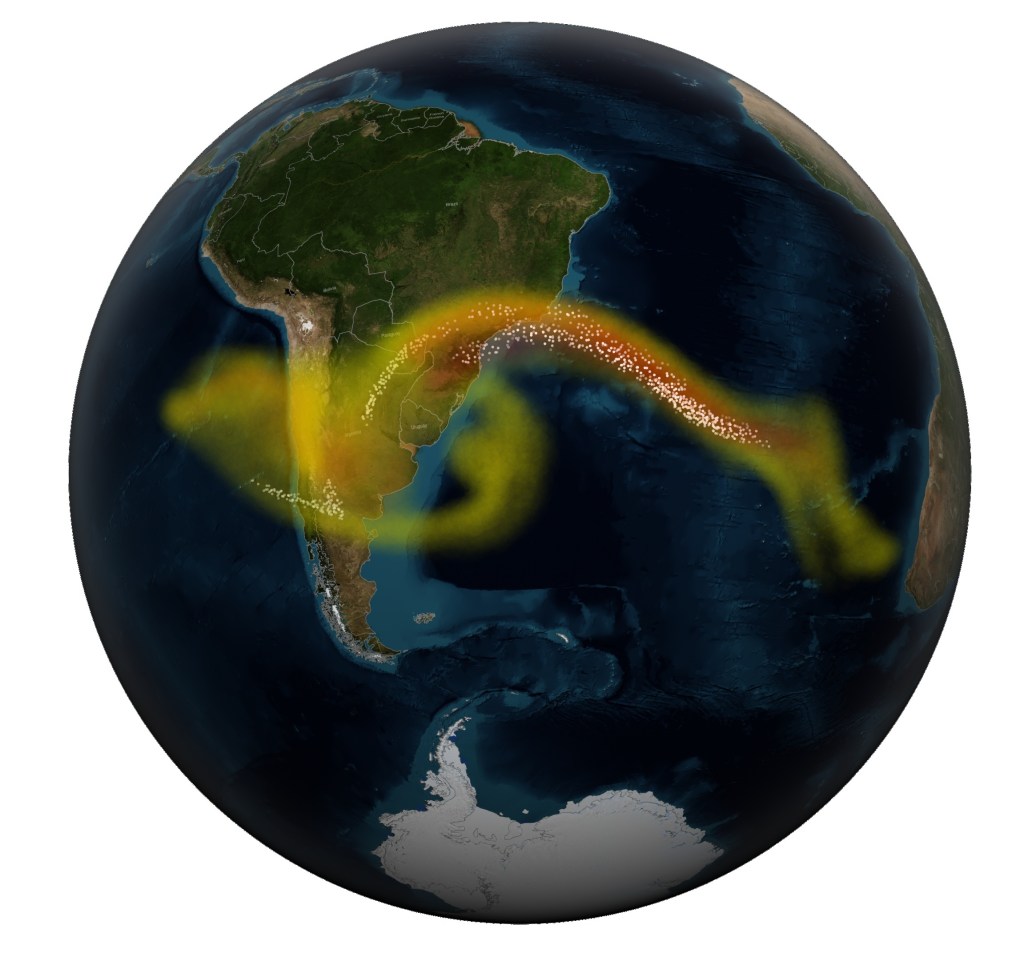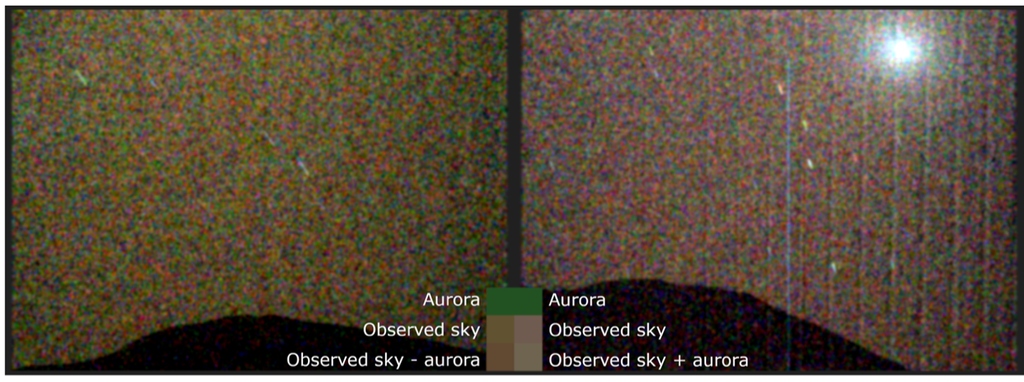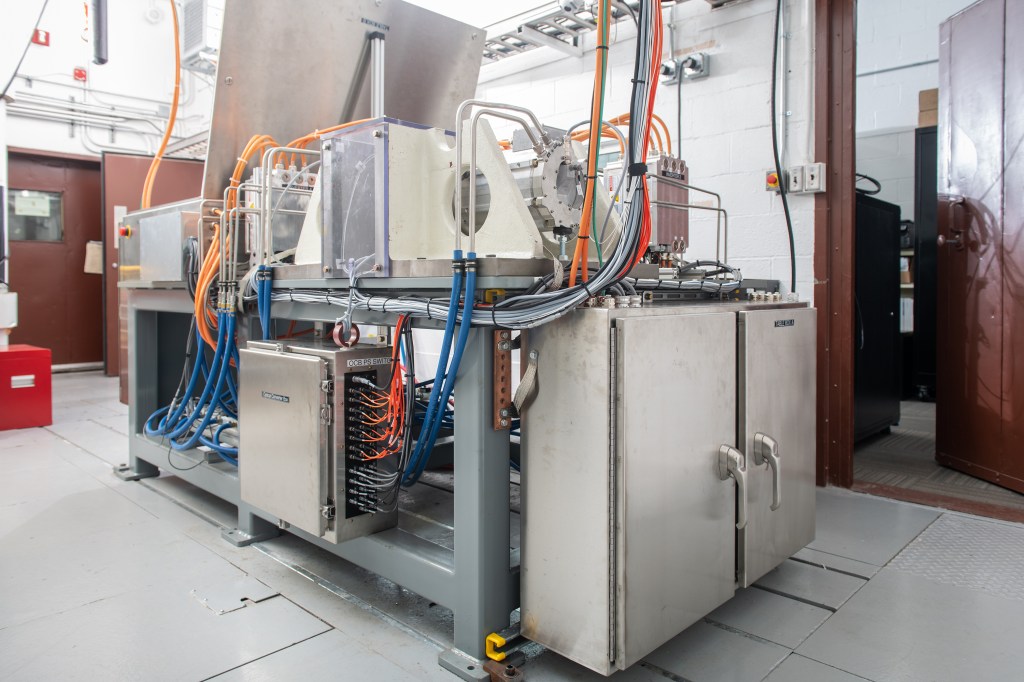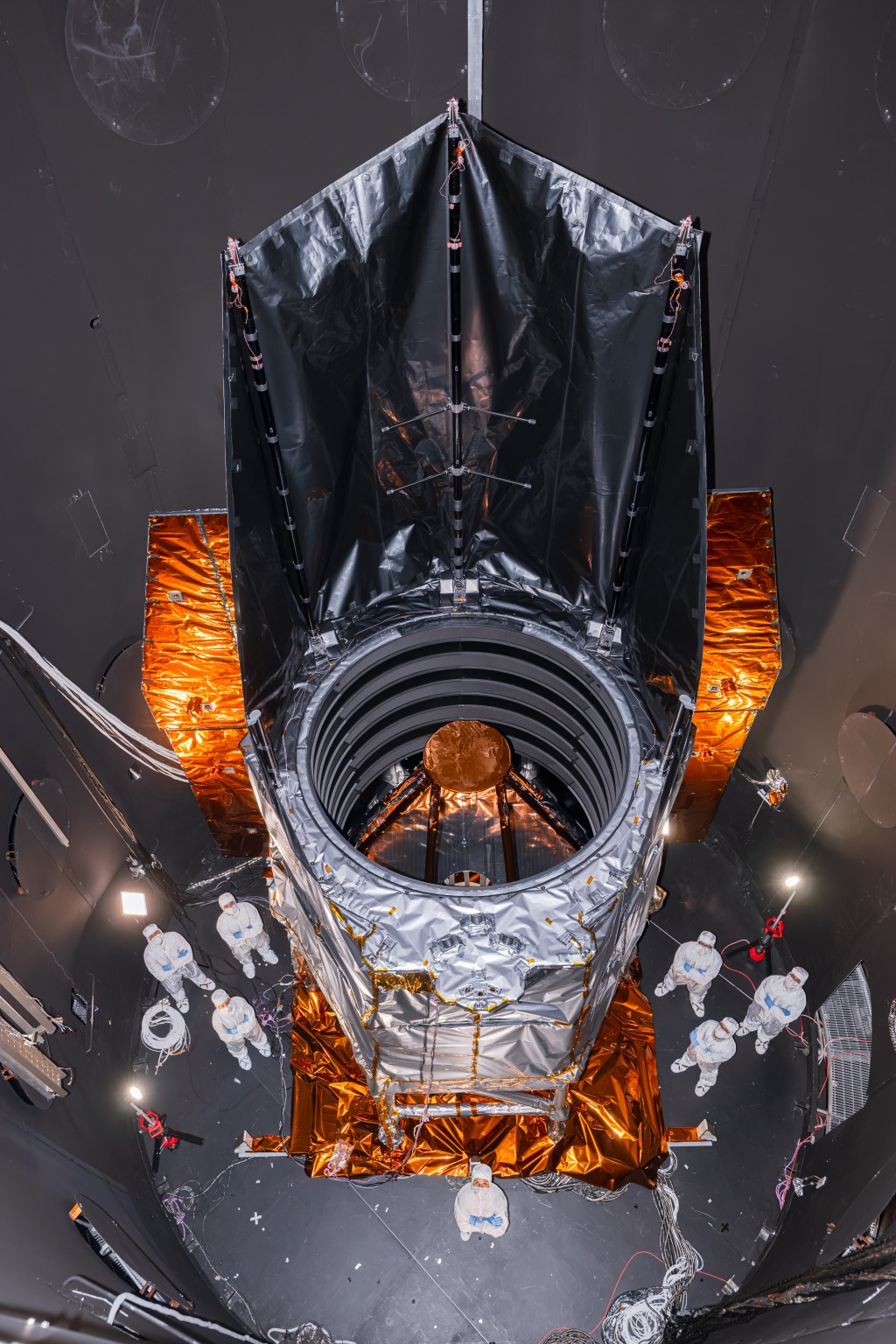Solar System Exploration Stories
Filters

Will the Sun ever burn out? Well, the Sun, just like the stars we see at night, is a star. It’s a giant ball of super hot hydrogen. Gravity squeezes it in and it creates energy, which is what makes…

In the heart of Alaska’s winter, where the night sky stretches endlessly and the aurora dances across the sky in a display of ethereal beauty, nine undergraduate students from across the United States were about to embark on a transformative…

On March 15, 2024, near the peak of the current solar cycle, the Sun produced a solar flare and an accompanying coronal mass ejection (CME), a massive explosion of gas and magnetic energy that carries with it large amounts of…

Using archival data from the mission, launched in 1989, researchers have uncovered new evidence that tectonic activity may be deforming the planet’s surface. Vast, quasi-circular features on Venus’ surface may reveal that the planet has ongoing tectonics, according to new…
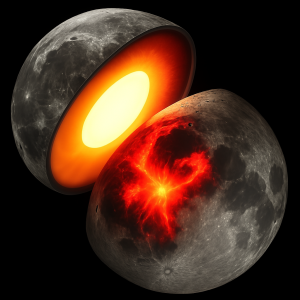
Analyzing gravity data collected by spacecraft orbiting other worlds reveals groundbreaking insights about planetary structures without having to land on the surface. Although the Moon and the asteroid Vesta are very different, two NASA studies use the same technique to…

Saturn’s moon Titan is an intriguing world cloaked in a yellowish, smoggy haze. Similar to Earth, the atmosphere is mostly nitrogen and has weather, including clouds and rain. Unlike Earth, whose weather is driven by evaporating and condensing water, frigid…
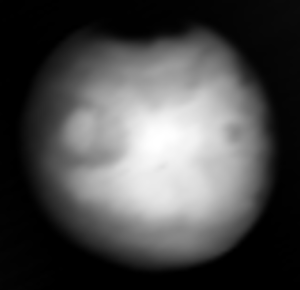
Headed for Jupiter’s moon Europa, the spacecraft did some sightseeing, using a flyby of Mars to calibrate its infrared imaging instrument. On its recent swing by Mars, NASA’s Europa Clipper took the opportunity to capture infrared images of the Red…

NASA’s James Webb Space Telescope has captured new details of the auroras on our solar system’s largest planet. The dancing lights observed on Jupiter are hundreds of times brighter than those seen on Earth. With Webb’s advanced sensitivity, astronomers have…

One year on, NASA scientists are still making huge discoveries about the largest geomagnetic storm to hit Earth in two decades, the Gannon storm. The findings are helping us better understand and prepare for the ways in which the Sun’s…

New details about the crust on Venus include some surprises about the geology of Earth’s hotter twin.




